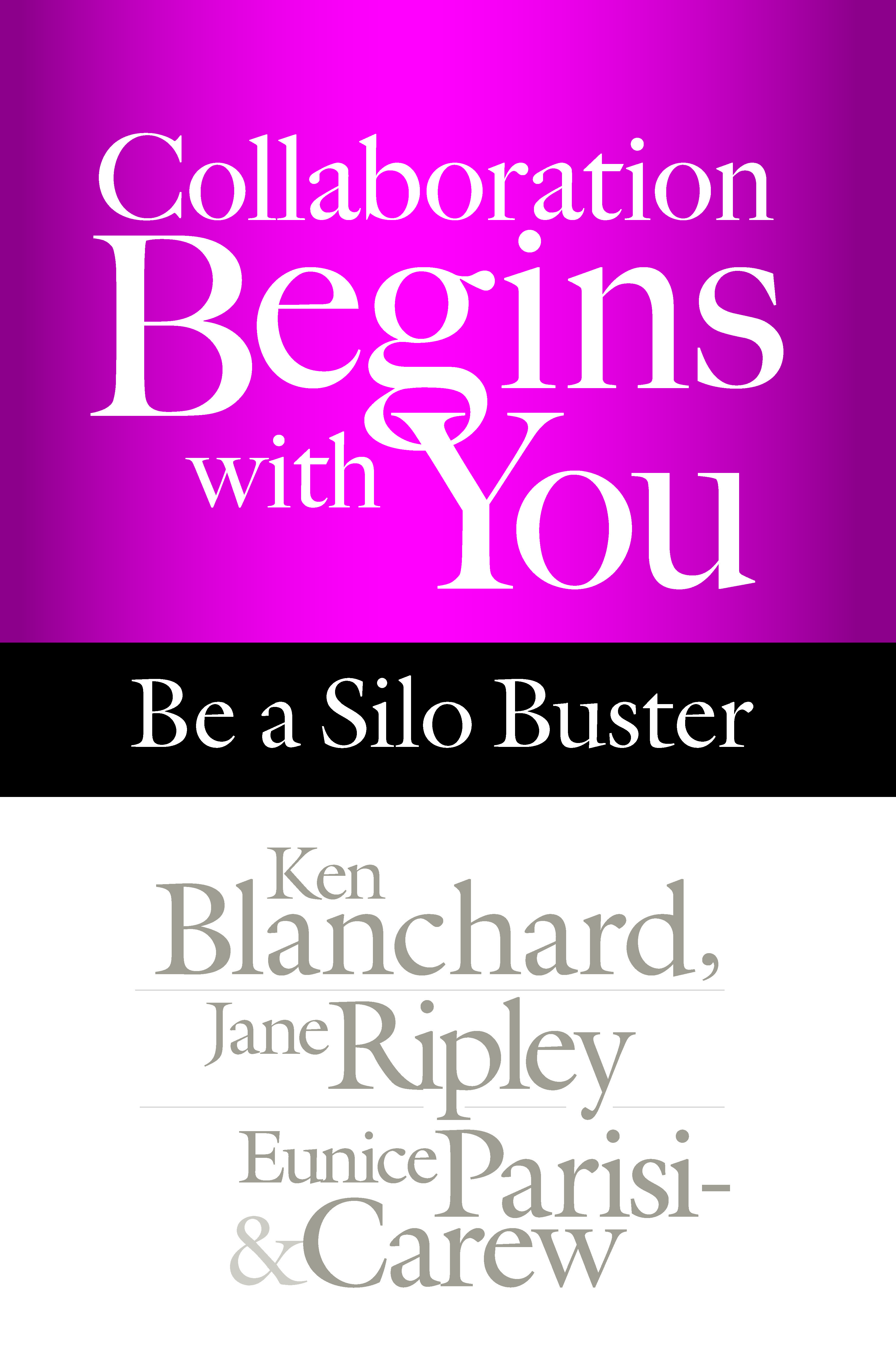
In the previous post I introduced the UNITE acronym to describe the five elements that every person must adopt to make collaboration a part of the corporate culture. We encourage everyone to Utilize differences; Nurture safety and trust; Involve others in crafting a clear purpose, values, and goals; Talk openly; and Empower themselves and others. I wrote about Utilizing differences in the last post and this time I want to share more about how to Nurture safety and trust.
The best way to start is by being a role model for the behavior you want to see in others. Share your own knowledge openly and encourage others to speak freely without fear of judgment. Welcome people’s ideas and truly give them consideration before making a decision. Give and receive feedback without judgment and be accessible, authentic, and dependable.
To build trust with your team, view mistakes and failures as learning opportunities and discuss them openly. If you punish people for making mistakes, they will learn quickly to cover them up and you’ll miss important opportunities to avoid future mishaps. I’ve found that some of the greatest learning moments happen when mistakes are shared and discussed. Encouraging these kinds of discussions will lead to smoother processes, improved communication, and innovative thinking.
To help people feel safe in their working environment, be transparent when making decisions. Make sure people know their role and what a good job looks like, and give them freedom to experiment. If people know what is expected of them and the boundaries they can operate in, they will flourish.
Rate yourself as a leader who Nurtures safety and trust by asking yourself these questions.
- Do I encourage people to speak their mind?
- Do I consider all ideas before decisions are made?
- Do I share knowledge freely?
- Do I view mistakes as learning opportunities?
- Am I clear with others about what I expect?
If you answered yes to most of the questions, you probably have created a safe and trusting environment for your people. But pay attention to where you answered no so that you can continue to build a strong culture of collaboration, because as the book title says—collaboration begins with you.
